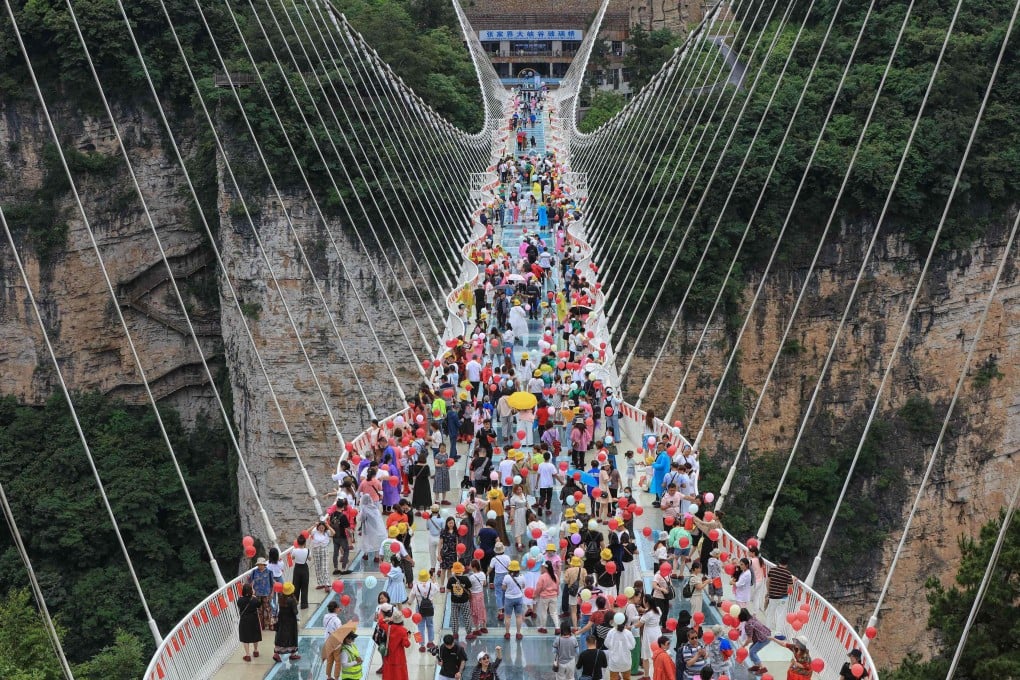Explainer | How has China’s travel industry been hurt by the coronavirus pandemic, and when will tourism recover?
- The travel and tourism industry contributed 10.94 trillion yuan (US$1.6 trillion) to China’s gross domestic product in 2019 – about 11 per cent of the total
- But the sector took a major hit last year due to the coronavirus pandemic and it is bearing the brunt of new domestic outbreaks fuelled by the Delta variant

Both the nation’s growing domestic middle class and accommodating government policies have helped it grow exponentially over the past four decades.
Tourism has transformed the country into one of the most vibrant travel markets in the world. However, the industry has been among the hardest hit by the coronavirus pandemic due to lockdowns, travel restrictions, and fears among would-be travellers about catching Covid-19 .
How big is China’s travel and tourism industry?
In 2019, the nation’s tourism industry generated 6.63 trillion yuan (US$1 trillion) in total revenue, with more than 6 billion tourists travelling domestically, according to the Ministry of Culture and Tourism. The industry contributed 10.94 trillion yuan to China’s total gross domestic product (GDP) in 2019 – around 11 per cent.
Tourism is also a big employer, accounting for 10 per cent of China’s working population. The sector directly employs 28.25 million people and indirectly 79.97 million.
Late last year, there were 13,332 A-level tourist attractions across the country. The China National Tourism Administration adopts a rating system to evaluate the quality of all tourist attractions, which are scored on safety, cleanliness, sanitation, shopping and transport.
The number of visitors to an attraction also affects its rating. For instance, a 5A attraction – the highest rating available – usually sees more than 600,000 people, including 50,000 from overseas, each year.